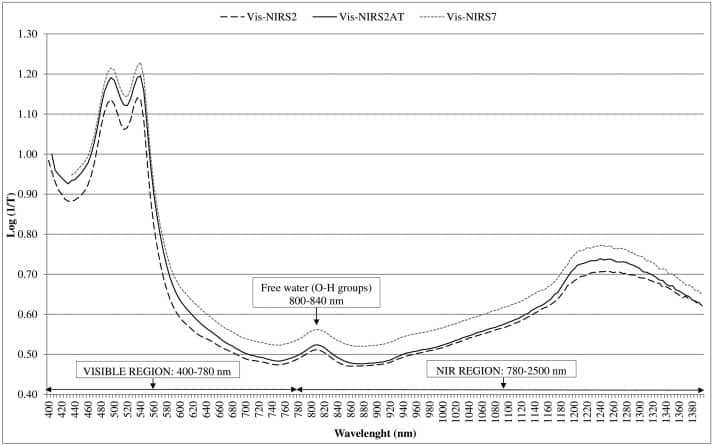[產品資訊] Food Quality Applications
To celebrate the fall harvest and Thanksgiving, the StellarNet team has put together a collection of food quality spectrometer applications. Some of the applications are from our favorite 2021 customer research and others are from our applications division. Please enjoy some exciting new research and implementation of spectroscopy in its most scrumptious form.
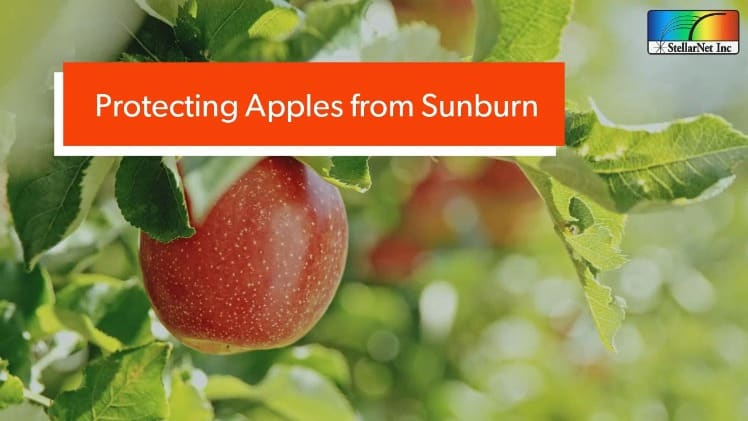
Protecting Apples from Sunburn
We all know sun safety is important to humans, but did you know that the skin of fruits is also affected by the sun? Researchers from the Universidad de Concepción in Chile used radiometry to quantify the effectiveness of using netting to help block harmful radiation. The focus was on polyphenols, anthocyanins, and the antioxidant activity of apples with different degrees of sunburn. The two species of apples this focused on were ‘Gala Brookfield’ and “Fuji Raku Raku’ apples. The research looked at different types of netting. The next time you pick up apples for some apple pie – don’t forget spectroscopy played a role in your perfectly delicious apples!
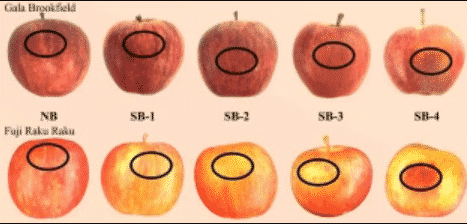
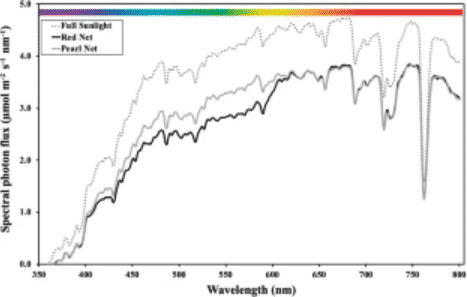
“Our results suggest that sun protection provided by netting result in changes in the composition and antioxidant capacity of fruit peels, whose response varies depending on the cultivar and type of net used”, say the scientists.
Portable NIR Analyzer for Small Grain Crops, Beans, and Seeds
- Easily analyze the composition of small grains, beans, forage, meats, and more
- Instantaneous, real-time results
- Rugged and portable for field, at line, or laboratory applications
- Simple to use with little to no sample preparation required
- Many starter calibration are available including cowpea & soybean added in 2020
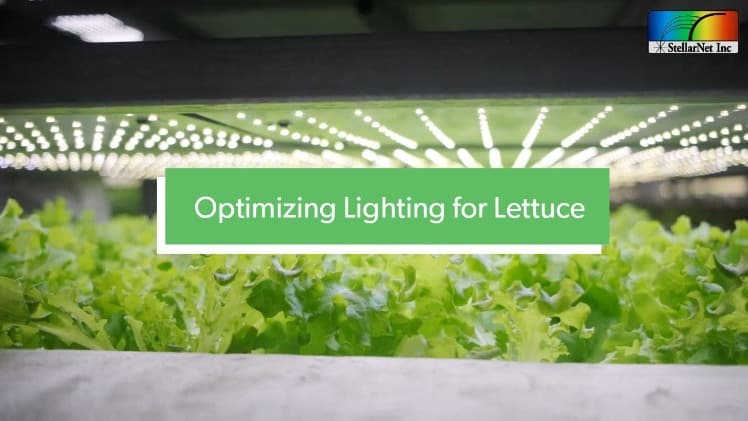
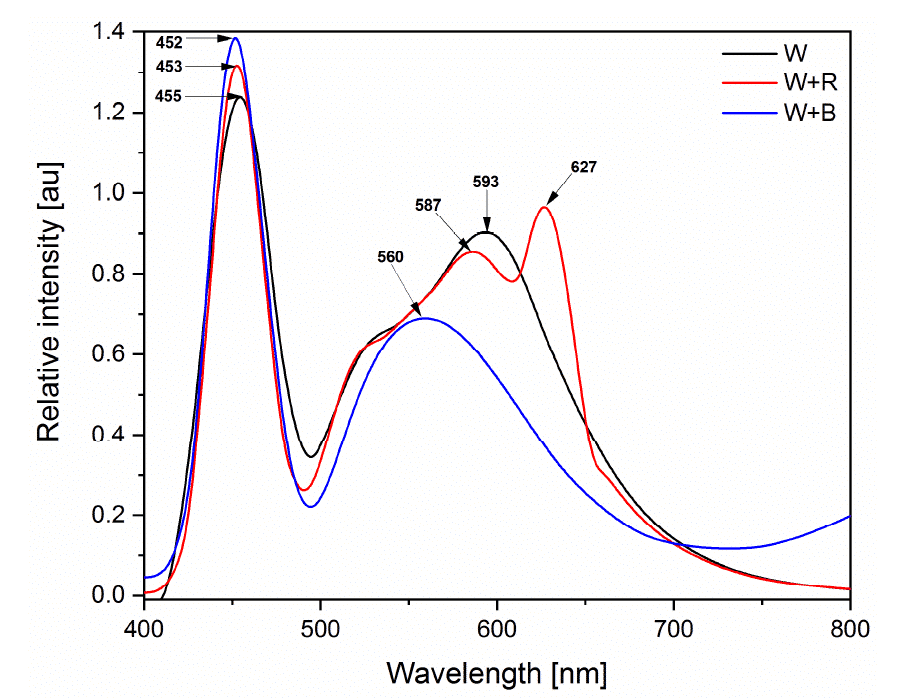
Lighting for Lettuce
Researchers at Poznan University of Life Sciences and the Polish Academy of Sciences have used radiometry to analyze how different cultivars of lettuce with different leaf colors react to different lighting conditions. Using a mixture of white and red or white and blue light the scientists found how the addition of either blue or red light affected the leaf shape, shoot fresh and dry weight, leaf area, and more. The team used StellarNet equipment to measure the spectral composition of the lamps and the light absorbance of the leaves.
New Handheld Raman for Oil Authentication
- Handheld Raman Analyzer for material identification and verification
- Robust and reliable design
- Easy-to-use, “App Style” software interface includes libraries for chemical identification, explosives, narcotics, food additives, and more
- Save/Search functionality. Save your samples and then search for matches
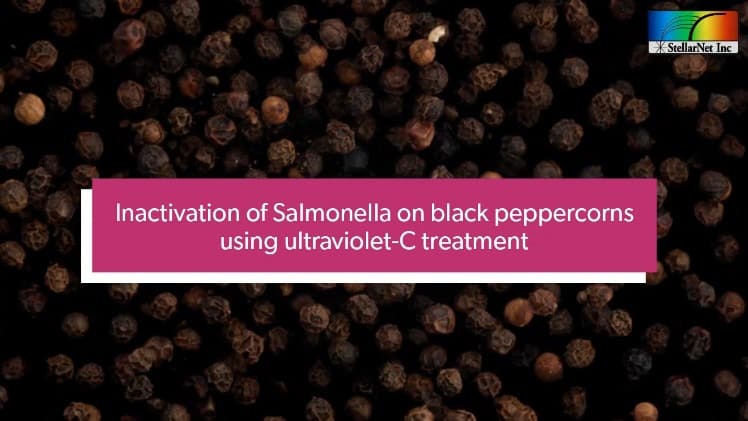
Inactivation of Salmonella in Black Peppercorn and Wheat Flour
Salmonella is probably a word you’ve seen before plenty of times. It is a common bacterial disease that causes intestinal distress. Outbreaks are broadcast on the nightly news, stressing the importance of cooking and storing food at appropriate temperatures, keeping food preparation areas clean, and avoiding unpasteurized foods. The bacteria can be found in the digestive tracks of humans and animals. Researchers at Seoul Women’s University researched how using UV-C and cold plasma could inactivate salmonella on black peppercorns. Much like how a sunburn causes cellular distress in humans, UV-cold plasma treatment can inhibit Salmonella in black peppercorns, effectively disintegrating the cellular structure.
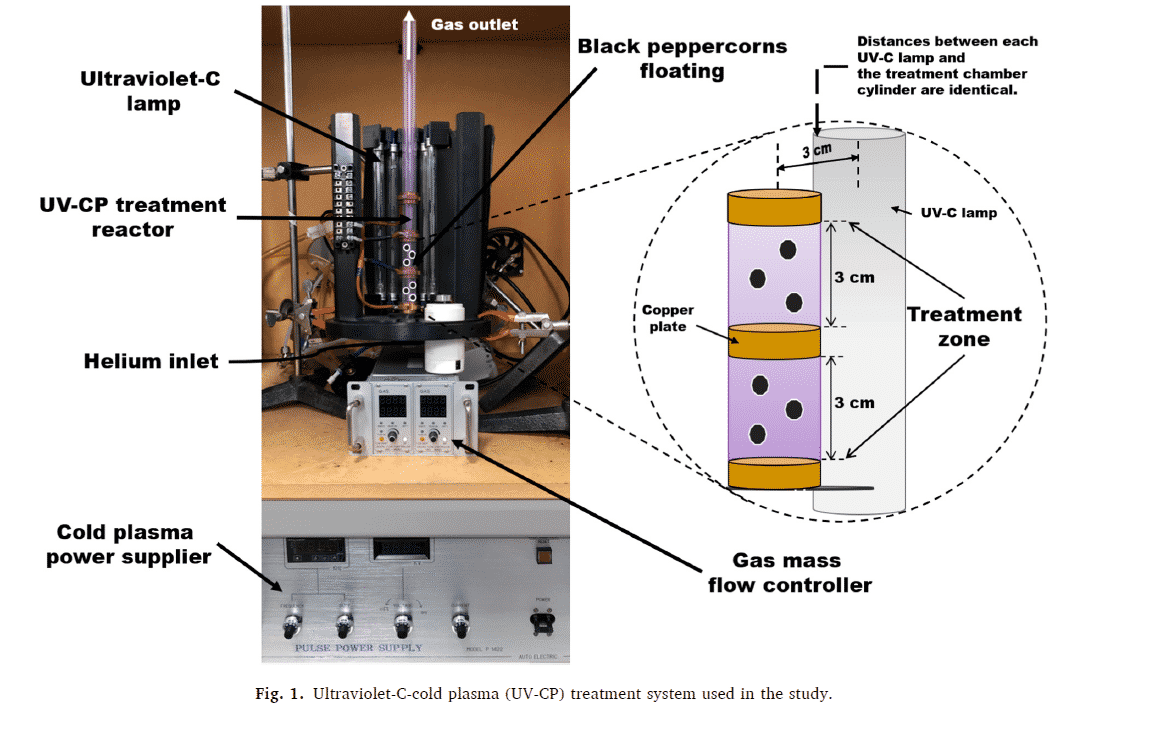
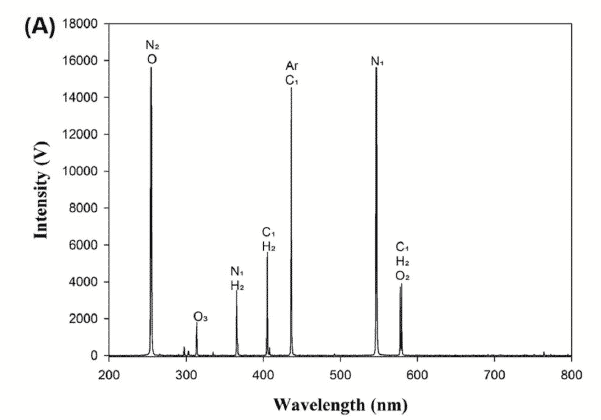
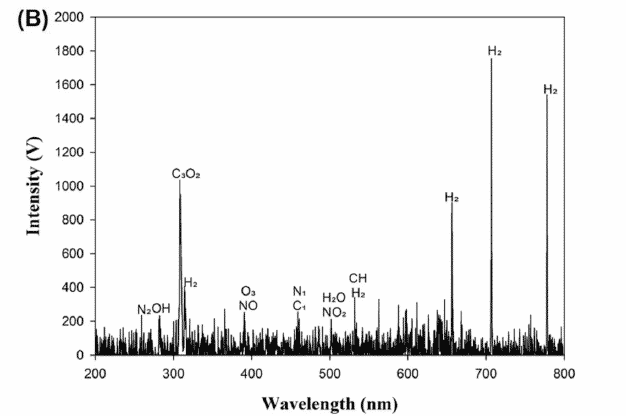
Similarly, researchers at the University of Alberta explored using pulsed LED treatments to inactivate Salmonella in wheat flour. They also looked into the change of quality after the treatment. Using pulses of high-intensity light they compared the effectiveness of different wavelengths – 275, 365, 395, and 455nm. While all wavelengths resulted in some reduction in Salmonella cell counts, it was found that many of the wavelengths caused significant changes in the color of the wheat flour. Other changes in the wheat flour included drying and oxidation of gluten proteins. The only LED that did not cause a notable color change was 275nm.

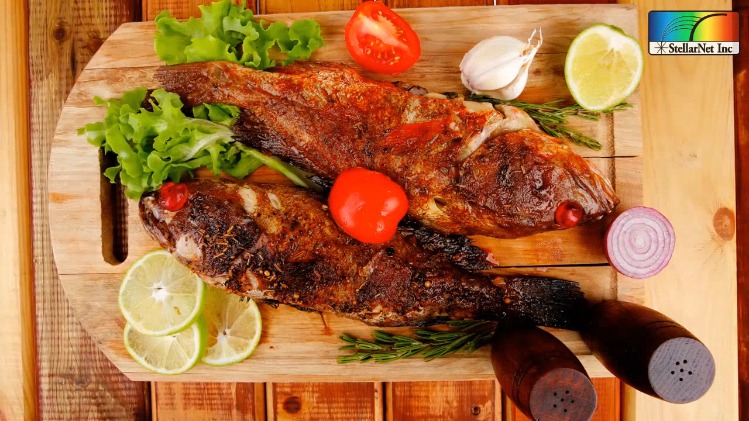
E. coli detection of Persian Leeks
Another bacteria of note is E. coli. Researchers at the University of Tehran and the Agricultural Engineering Research Institute in Karaj, Iran investigated the non-destructive assessment of E. coli contamination of Persian leek. Using reflectance spectra in the range of 350-1100nm and chemometrics tools, it was found to be feasible to use Vis/NIR reflectance spectroscopy for non-destructive detection of E. coli contamination. The calibration and internal validation sets were created with over 150 samples. Five key features had high performance of detection with 100%, 98%, and 0.8 sensitivity, specificity, and classification error.
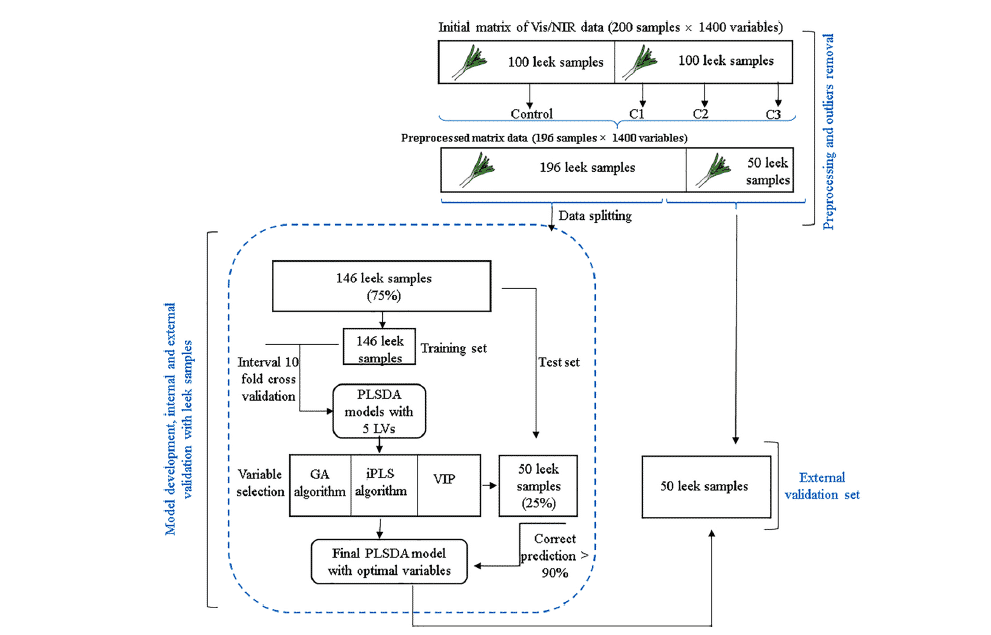
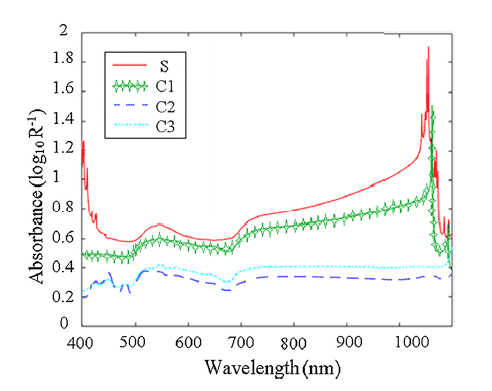
Predicting Meat Tenderness with NIR
Meat quality and tenderness are always a hot topic when it comes to beef. A team of researchers in Brazil tested if VIS-NIR reflectance spectroscopy could be used to predict intramuscular fat of Nellore steers. They took beef samples that were aged, collected spectra, and used PLS regression models for different traits of interest.
